Popular board games of the ’80s
The golden era of board games is a nostalgic time that brings back fond memories of family nights and friendly competition. During this period, board games became a staple in households, providing entertainment and a break from the growing world of digital distractions.
These games were not just about winning or losing but also about bonding, laughter, and creating lasting memories with loved ones.
The Rise of Board Games in the 80s
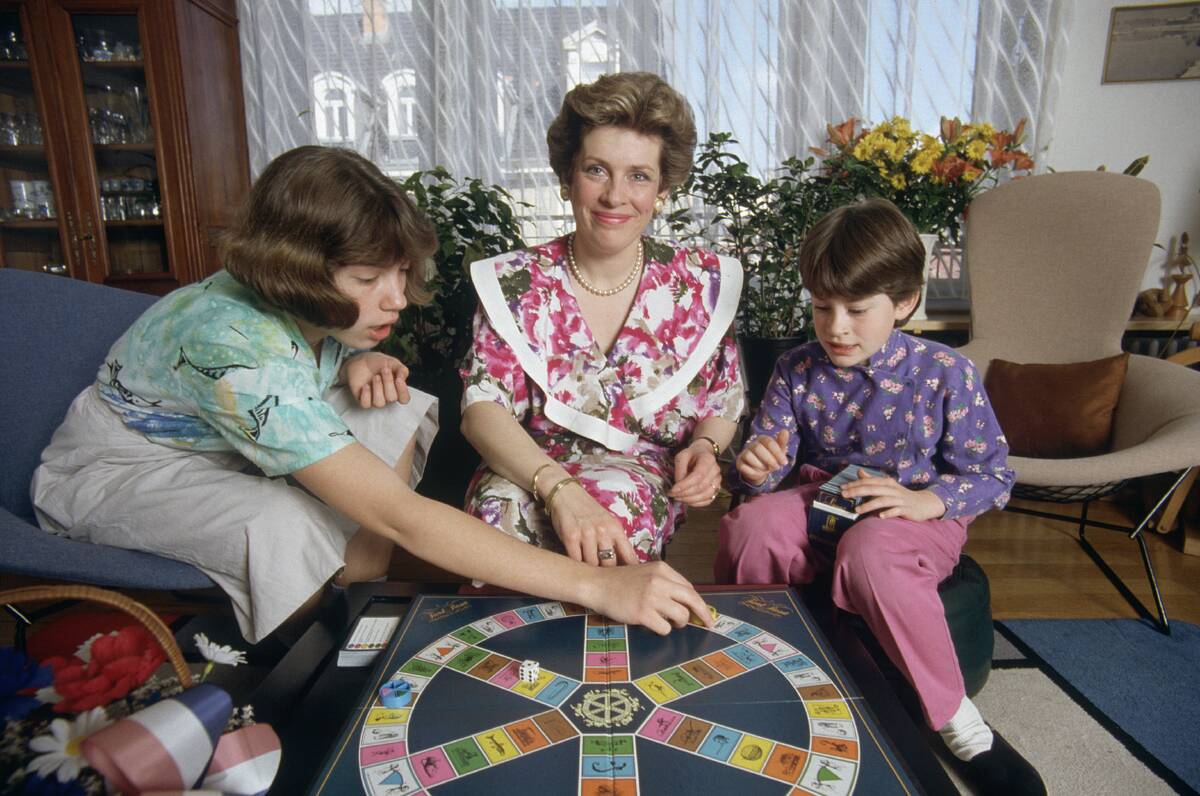
The 1980s saw a significant resurgence in the popularity of board games, thanks to a combination of innovative game designs and strategic marketing. Iconic games like Trivial Pursuit and Pictionary emerged during this time, captivating players with their unique and engaging mechanics.
This era also marked a shift in how board games were perceived, transforming them from simple pastimes to essential social activities.
Pictionary: Drawing Fun for Everyone
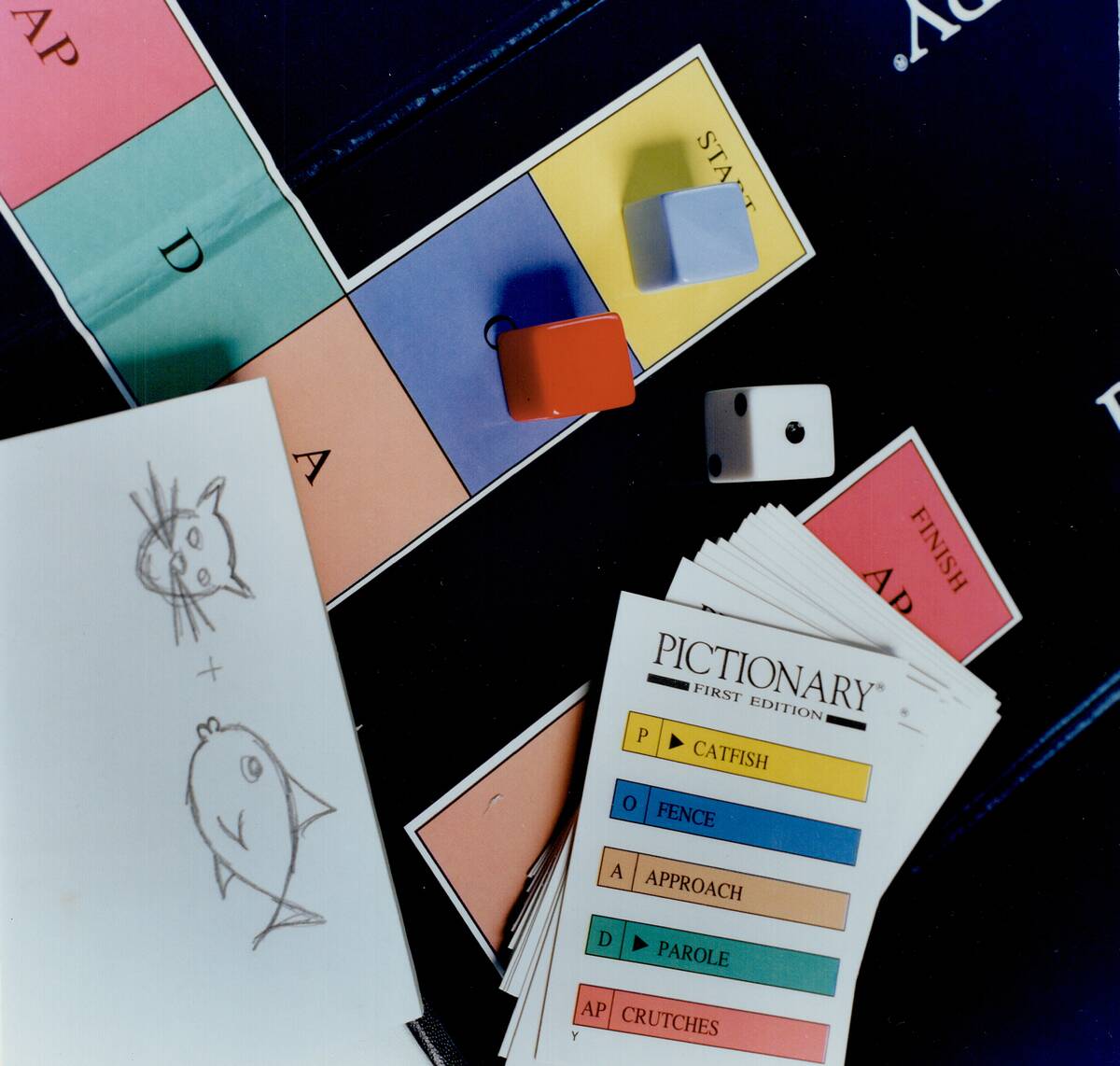
Pictionary, introduced in 1985, brought out the artist in everyone, regardless of their drawing skills. Created by Rob Angel, the game relies on players’ ability to communicate through sketches, leading to countless hilarious and memorable moments.
It became an instant hit due to its simplicity and the sheer joy of interpreting teammates’ often abstract drawings, highlighting the creativity and humor in every player.
Guess Who?: The Mystery Face Game

Guess Who?, a game of deduction and logic, was first published by Dutch game makers in 1979 and then by Milton Bradley in the following years. Players ask yes or no questions to eliminate characters and identify their opponent’s mystery person.
Its appeal lies in the strategic questioning and the satisfaction of deducing the correct identity. The colorful character tiles and engaging gameplay have made it a timeless classic for both children and adults alike.
Hungry Hungry Hippos: A Frenzy of Fun
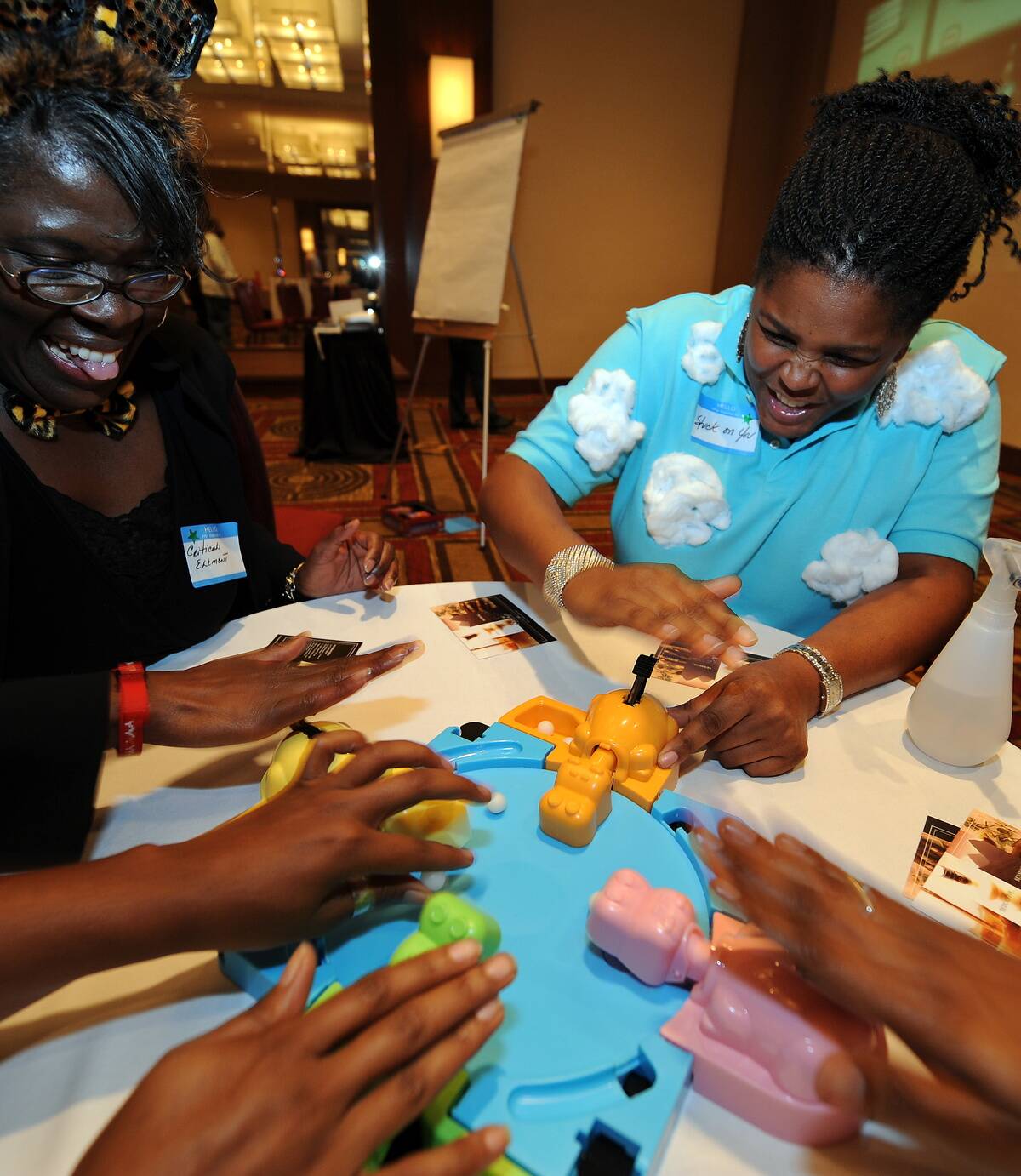
Released in 1978, Hungry Hungry Hippos is a fast-paced game where players control hippos to gobble up marbles. The simple yet frantic gameplay appeals to young children, making it perfect for family playtime.
Its charm lies in the excitement and chaos as players race to collect the most marbles, creating a lively and loud atmosphere of pure joy and laughter.
Risk: The Art of Global Domination
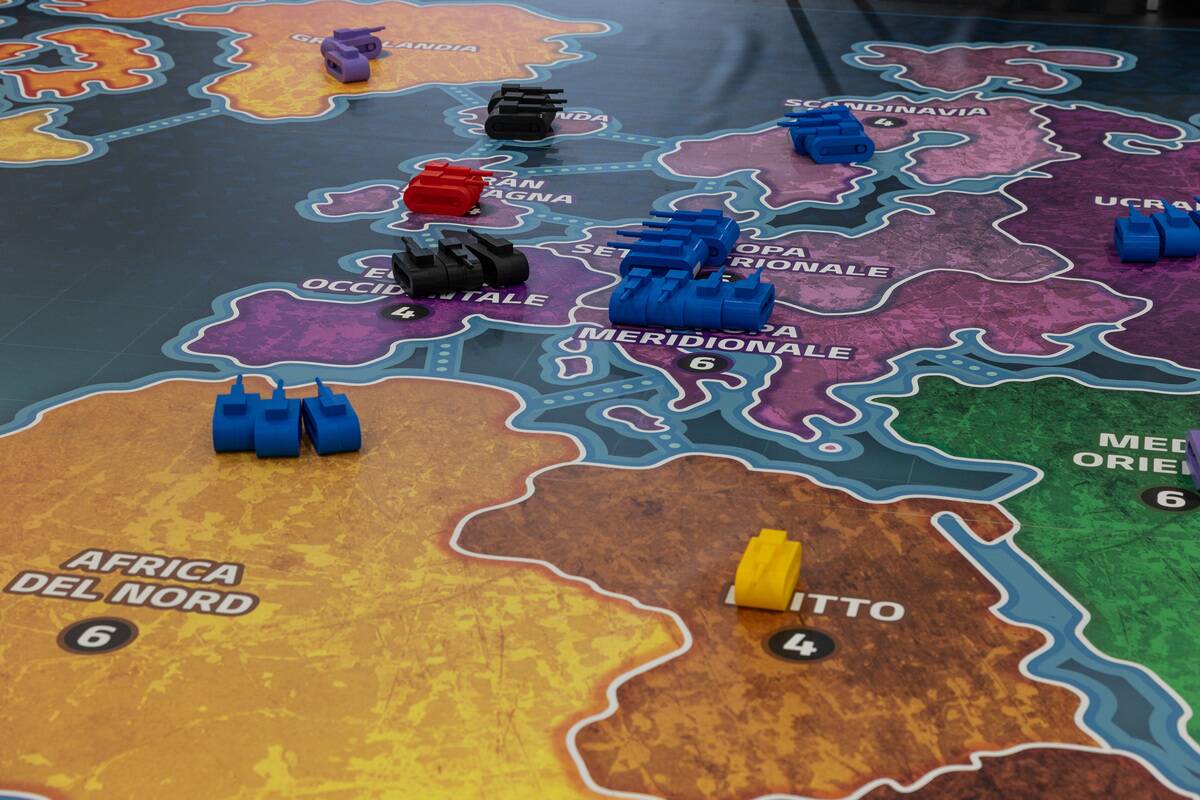
Risk, a strategy game of global conquest, was invented by French filmmaker Albert Lamorisse in 1957 and later published by Parker Brothers. Players maneuver armies to capture territories, requiring tactical thinking and negotiation skills.
The game’s allure lies in its complexity and the thrill of global domination, challenging players to strategize and outsmart opponents over lengthy, intense sessions.
Connect Four: The Strategic Disc Game
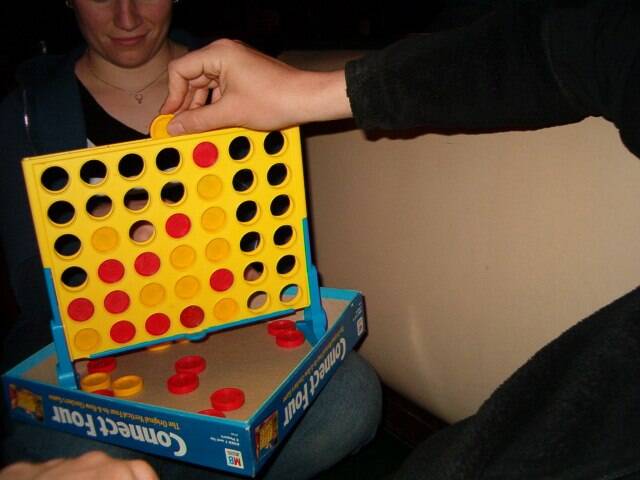
Connect Four, a game of strategic alignment, was released by Milton Bradley in 1974. Players take turns dropping colored discs into a grid, aiming to connect four in a row. Its appeal is in its simplicity and the tactical depth hidden beneath its straightforward concept.
The game encourages critical thinking and planning, making it a favorite for competitive and casual players alike.
Clue: A Classic Whodunit
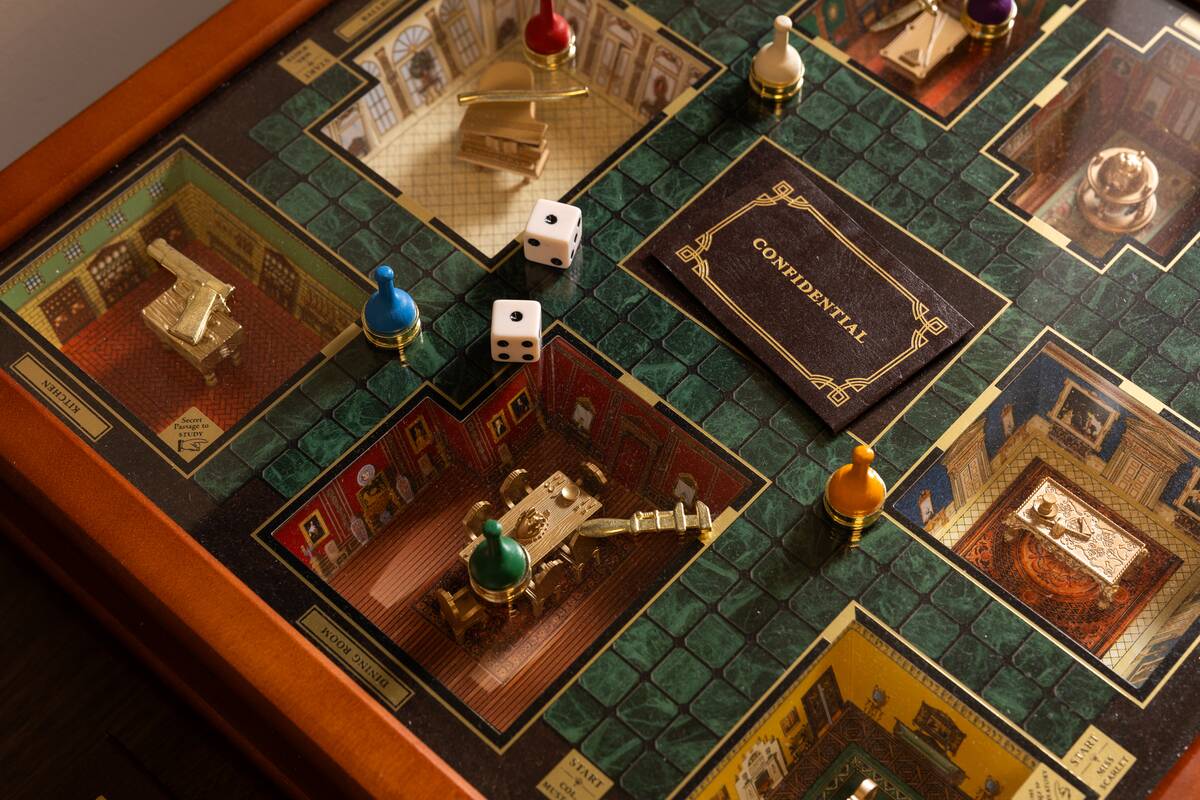
Clue, known as “Cluedo” outside North America, is a detective-themed game that has enthralled players since its release in 1949. Created by Anthony E. Pratt, players must deduce the murderer, weapon, and location through strategic questioning and deduction.
Its mysterious atmosphere and intriguing plot twists make it an engaging experience, perfect for those with a flair for solving mysteries.
The Game of Life: Navigating Life’s Milestones
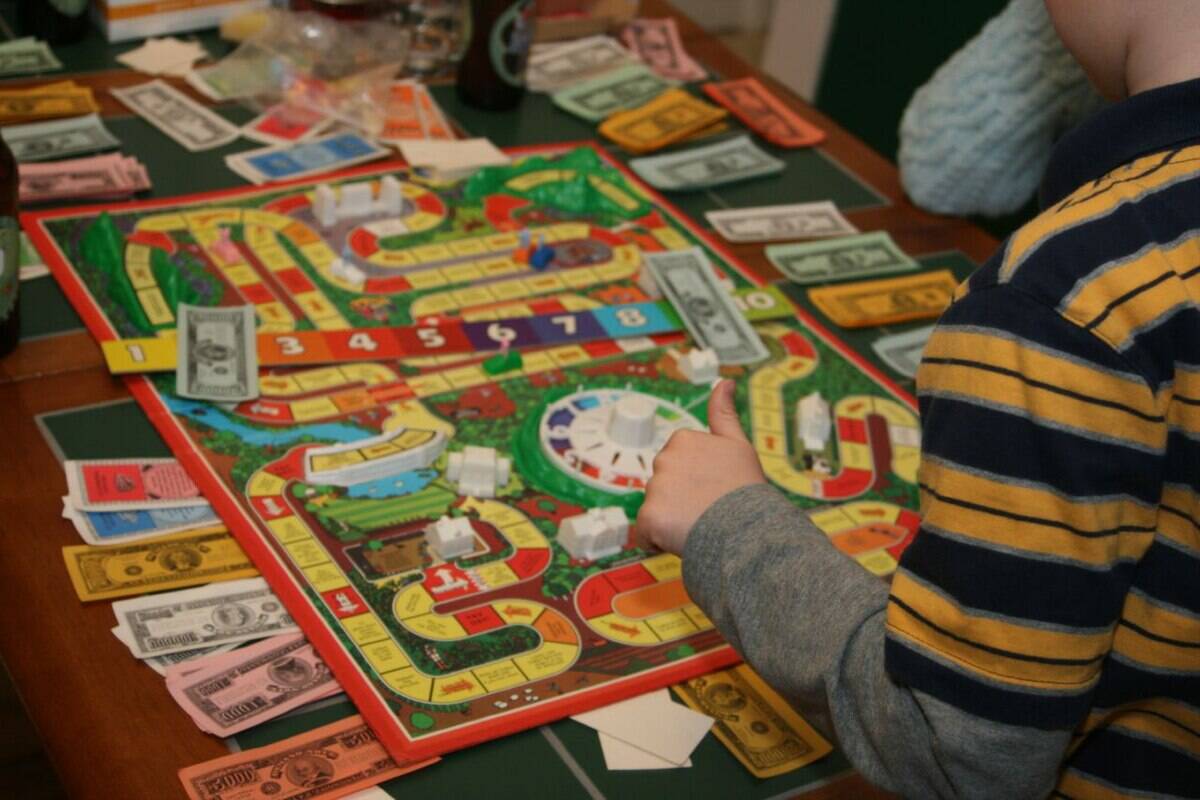
The Game of Life, invented by Milton Bradley in 1860, simulates a person’s journey through life, from college to retirement. Players navigate milestones, making choices that impact their financial and personal success.
Its charm lies in its reflection of real-life decisions, offering a fun and insightful look at the ups and downs of life’s journey, all while spinning a colorful wheel.
Sorry!: The Game of Sweet Revenge
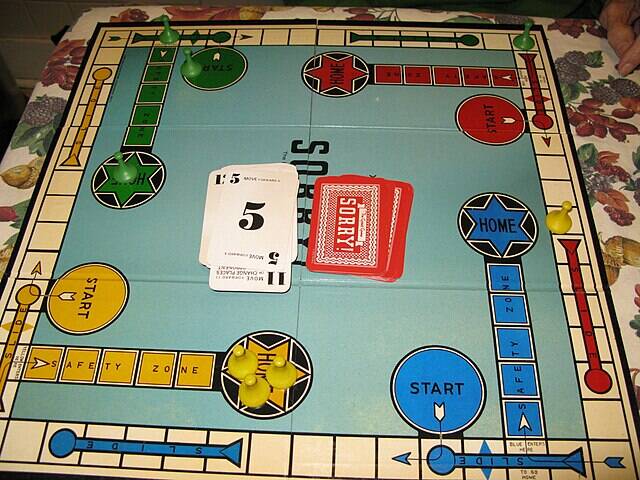
Sorry! is a classic board game where players race to move their pieces around the board while thwarting opponents. Based on the ancient Indian game Pachisi, it was first published by Parker Brothers in 1934.
Its joy comes from the thrill of sending opponent pieces back to start, invoking a playful sense of rivalry and strategic planning that keeps players engaged.
Jenga: The Balancing Act

Jenga, invented by Leslie Scott in the 1970s, is a game of physical and mental skill where players take turns removing blocks from a wooden tower. Its simplicity belies the intense concentration and steady hand required to avoid toppling the structure.
The suspense builds with each turn, creating an exhilarating atmosphere and making it a favorite at gatherings and parties.
Mouse Trap: Building Fun and Chaos
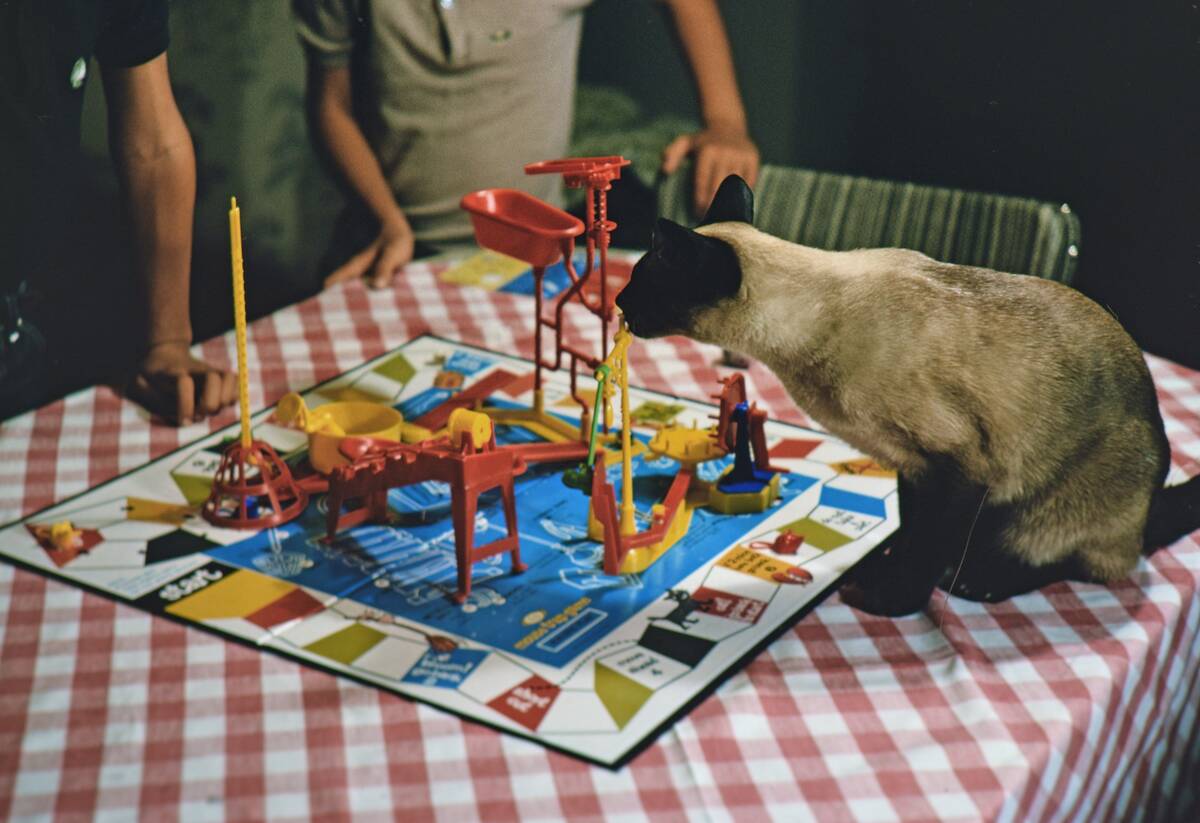
Mouse Trap, a game of building and strategy, was first released in 1963 by Ideal. Players work together to build a complex, Rube Goldberg-style contraption to trap opponents’ mice.
Its appeal is in the anticipation of watching the trap trigger, combining cooperative play with competitive elements. The intricate setup and chain reactions provide endless entertainment and a sense of accomplishment.
Battleship: The Game of Naval Strategy
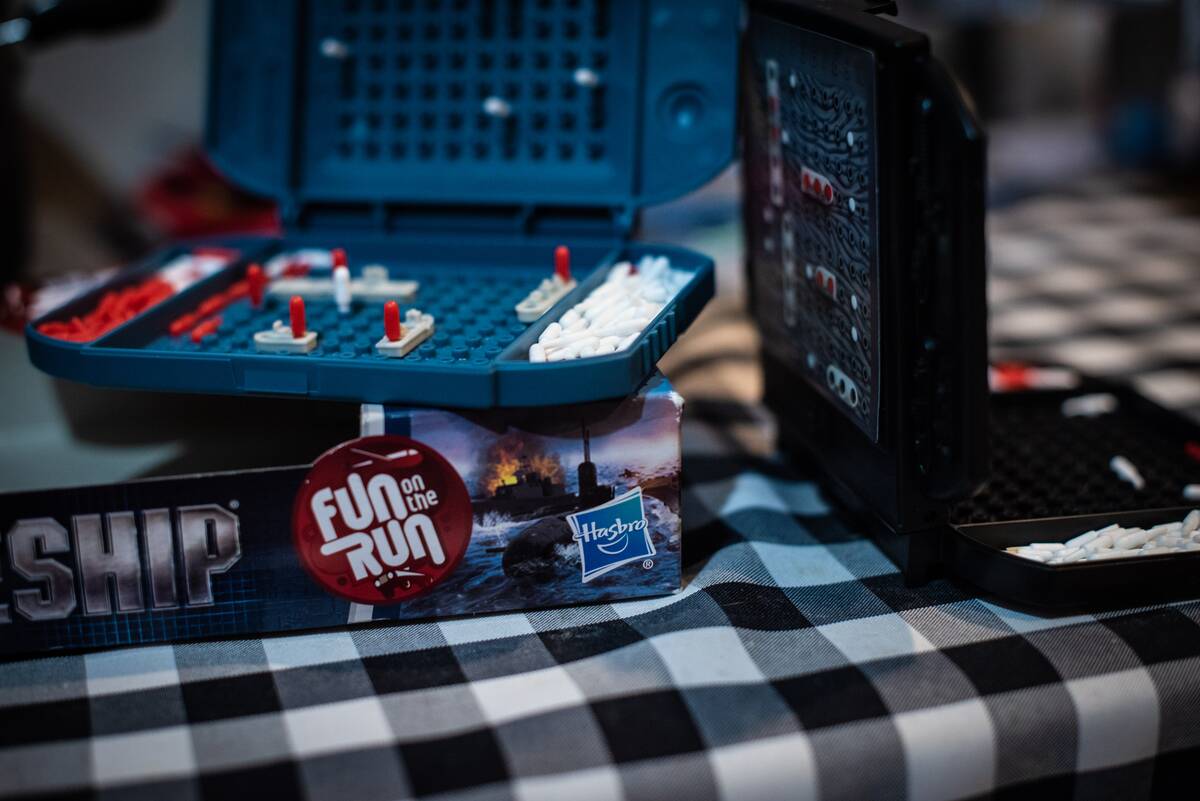
Battleship, originally a pencil-and-paper game, was released as a plastic board game by Milton Bradley in 1967. Players strategically place ships and attempt to sink their opponent’s fleet through coordinated guessing.
Its allure is in the combination of strategy, luck, and the suspense of each guess, making it a timeless classic that continues to attract players of all ages.
Scrabble: Words and Wits

Scrabble, a word game invented by Alfred Mosher Butts in 1938, challenges players to create words on a board using letter tiles for points. Its success lies in its blend of vocabulary skills and strategic placement of high-scoring letters.
The game promotes learning and friendly competition, making it a staple in homes and competitive tournaments worldwide, beloved by word enthusiasts.
Trivial Pursuit: The Game of General Knowledge
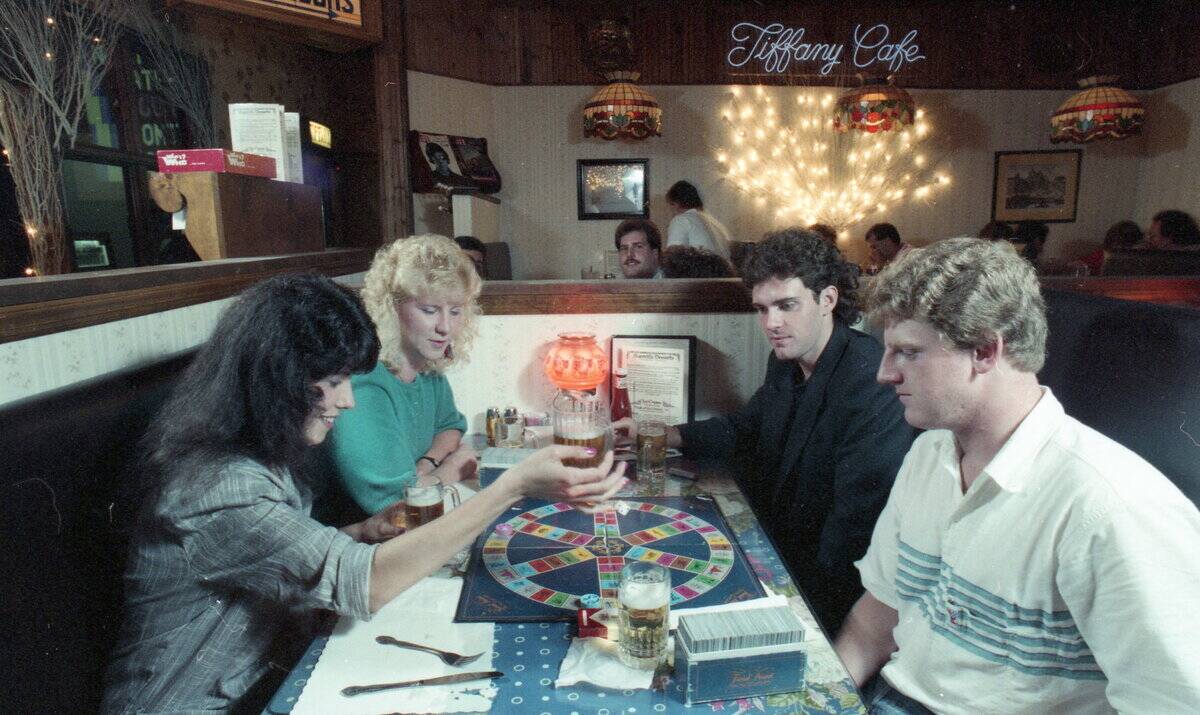
Trivial Pursuit, launched in 1981, quickly became a household favorite with its challenging questions across diverse categories. The game was the brainchild of two Canadian journalists, Scott Abbott and Chris Haney, who wanted to create a trivia-based game after realizing pieces were missing from their Scrabble set.
Its appeal lies in its ability to test players’ general knowledge while sparking engaging discussions and friendly debates.
Operation: A Steady Hand Wins the Day

Operation, a game of precision and skill, was invented by John Spinello in 1965. Players use tweezers to remove ailments from a patient without setting off the buzzer.
Its charm is in the concentration and dexterity required to succeed, paired with the humorous ailments like “Butterflies in the Stomach.” The game has entertained generations with its unique blend of challenge and laughter.




